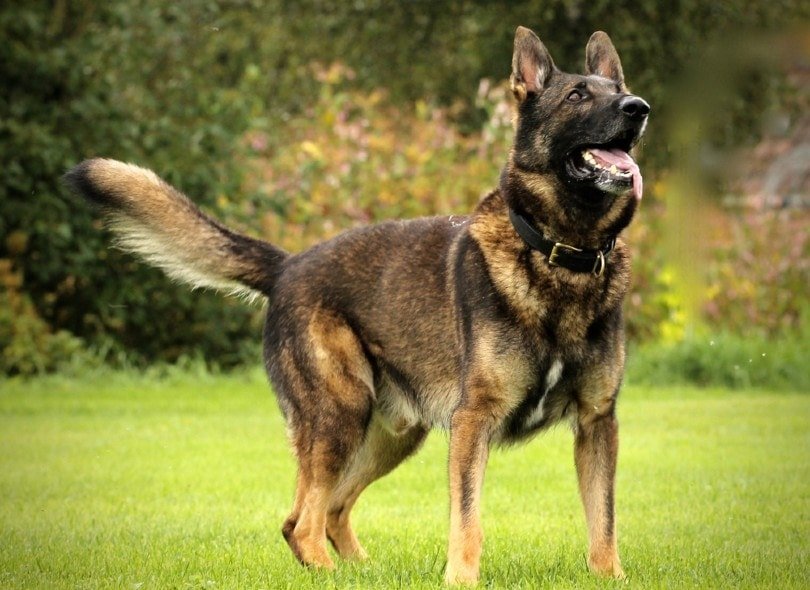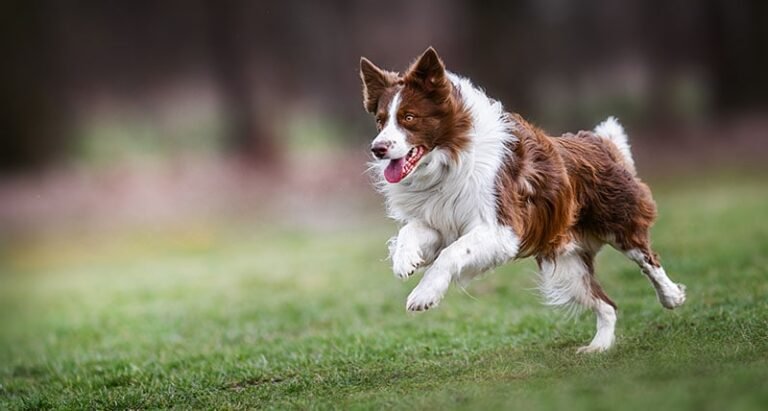Have you ever wondered how to turn your loyal German Shepherd into an effective guard dog?
Training your German Shepherd to be a guard dog can be a fulfilling journey, providing both you and your furry friend with confidence and peace of mind. While the idea of a guard dog might conjure images of aggressive barking and fierce protectiveness, the focus here is on alert barking and control rather than sheer aggression. This guide will help you understand the purpose of training your German Shepherd as a guard dog, ensuring you develop a healthy relationship built on trust and obedience.

This image is property of www.dogster.com.
Understanding the Purpose of Guard Dog Training
Training a dog for guard duties is about more than just protection; it involves understanding the balance between alerting you to potential danger and maintaining a well-behaved companion.
The Role of a Guard Dog
Guard dogs serve an important role in enhancing security. They can help deter intruders and alert their owners to unusual activities. This type of training focuses on teaching your dog to differentiate between normal situations and those that may require a more cautious response.
- Alertness: A well-trained guard dog is vigilant and aware of its surroundings.
- Control: It’s essential for the dog to understand when to bark and when to be quiet.
Why a German Shepherd is Ideal for Guard Training
German Shepherds are known for their intelligence, loyalty, and protective instincts. Their natural tendencies make them well-suited for guard training.
- Intelligence: They learn commands quickly, making them easy to train.
- Calm Demeanor: They can stay calm in tense situations, which is a crucial trait for a guard dog.
Assessing Your Dog’s Temperament
Before you embark on training, it’s crucial to assess whether your German Shepherd is ready for guard dog training.
Signs of Readiness
A good candidate for guard dog training is a dog that displays confidence and is well-socialized. Look for the following traits:
- Curiosity: Is your dog interested in exploring new things and environments?
- Calmness: Does your German Shepherd maintain a calm demeanor around new people?
- Playfulness: A playful dog often indicates a healthy temperament.
Signs to Avoid Training
If your dog exhibits nervousness, fear, or poor socialization, training may not be appropriate at this time.
- Fearful Behavior: If your dog cowers in new situations or shows a fear response, it’s best to work on building confidence through basic training before attempting guard dog training.
- Aggression: An aggressive dog may need professional assessment for behavioral issues that could disrupt training.

This image is property of www.dogster.com.
Supplies You’ll Need
Before diving into training, you’ll want to gather some essential supplies to make the process smoother.
Basic Supplies
- Collar: Ensure your dog has a comfortable and secure collar.
- Leash: A sturdy leash is critical for training sessions.
- Treats: Use high-value treats to reward your dog during training.
- Clicker (Optional): It can be a helpful tool for positive reinforcement.
Having these supplies ready will make training sessions more effective and enjoyable for both you and your dog.
Training Steps for Your German Shepherd
Now that you’re prepared, let’s break down the training process into manageable steps.
Basic Obedience Training
Before starting any specific guard training, it’s crucial for your dog to understand basic commands such as “sit,” “stay,” “down,” and “come.”
- Importance of Obedience: A well-behaved dog is essential for effective guard training. Without a foundation of obedience, your dog may struggle to respond appropriately in various situations.
Teaching Basic Commands
| Command | Description |
|---|---|
| Sit | Teaching your dog to sit still. |
| Stay | Instructing your dog to remain in place. |
| Down | Encouraging a submissive position. |
| Come | Fostering a reliable recall. |
Use treats and positive reinforcement to teach these commands. Consistency is key; practice regularly to ensure your dog retains these behaviors.
Control Barking
Controlling your dog’s barking is essential to prevent excessive noise during training.
- Why Control Barking?: Uncontrolled barking can be disruptive and may cause tension in your household or neighborhood. Teaching your dog to bark on command and to stop barking when instructed is critical.
Teaching “Quiet”
- Bark on Command: Start by encouraging your dog to bark using a doorbell sound or knocking on the door.
- Quiet Command:
- Allow the dog to bark a few times and then say “quiet.”
- When the dog stops barking, offer a treat and praise.
- Practice this regularly until your dog understands the command.
Barking on Cue
Next, you’ll want to teach your dog to alert you to visitors without going overboard.
- Controlled Alerting: Your dog should bark when someone is at the door, then stop once the situation is acknowledged.
Steps to Train Barking on Cue
- Introduce Visitors: Have a friend knock on the door or ring the doorbell.
- Bark Confirmation: When your dog barks, praise and reward.
- Calming Signal: Teach a command like “enough” to signal your dog to stop barking.
Defining Property Lines
A crucial aspect of guard training is teaching your German Shepherd to understand where to focus its alertness.
- Preventing Unwanted Barking: This training helps prevent your dog from barking at every passerby, only alerting you when it matters.
Border Awareness Training
- Walk the Property Line: Use a leash to walk your dog along your property borders.
- Mark the Boundaries: Encourage your dog to sit or stay at the edge as you explain the boundaries.
- Praise for Alerting: If your dog barks when someone is nearby but not in aggressive pursuit, reward them.
Building Alertness and Confidence
Now that basic training is in place, it’s time to build your dog’s alertness and confidence through simulated scenarios.
- Simulation Exercises: Safely simulate an intruder scenario to assess and enhance your dog’s response.
Practice Scenarios
- Controlled Intrusion: Have a trusted friend act as an intruder at a distance.
- Praise Alertness: If your dog barks appropriately, reward them.
- Progress Gradually: Gradually reduce the distance until your dog reacts correctly to closer presences.

This image is property of www.dogster.com.
Seeking Professional Help
If at any point you feel overwhelmed or if your dog is struggling with specific commands, don’t hesitate to seek professional help.
When to Hire a Trainer
- Behavioral Issues: Signs of aggression or fearfulness often require professional intervention.
- Advanced Skills: If you’re looking to teach advanced training techniques or attack commands, experienced trainers can provide valuable guidance.
Choosing a Trainer
- References: Look for trainers with positive reviews and references.
- Training Philosophy: Ensure their methods align with your values, promoting positive reinforcement.
- Observer Participation: If possible, observe a session to see how the trainer interacts with dogs.
Safety Considerations
It’s vital to keep safety in mind throughout the training process.
Legal Implications of Guard Dogs
Be aware of local laws concerning guard dogs. Some jurisdictions have specific regulations regarding the ownership and training of guard or attack dogs.
- Liability: Understand your responsibilities regarding your dog and maintain control at all times.
- Insurance: Check with your insurance company to ensure coverage for potentially high-risk dog breeds.

This image is property of www.dogster.com.
Conclusion
Training your German Shepherd to be a guard dog can be a rewarding experience that fosters a deep bond of trust and understanding between you and your canine companion. Through proper assessment, preparation, and training, you can cultivate an alert guardian who will add much to your home security without inciting fear or aggression.
With the right approach, your furry friend can thrive both as a member of your family and a vigilant protector of your property. As you embark on this journey, remember to be patient, consistent, and gentle—building a solid foundation of trust will yield the best results. Happy training!



